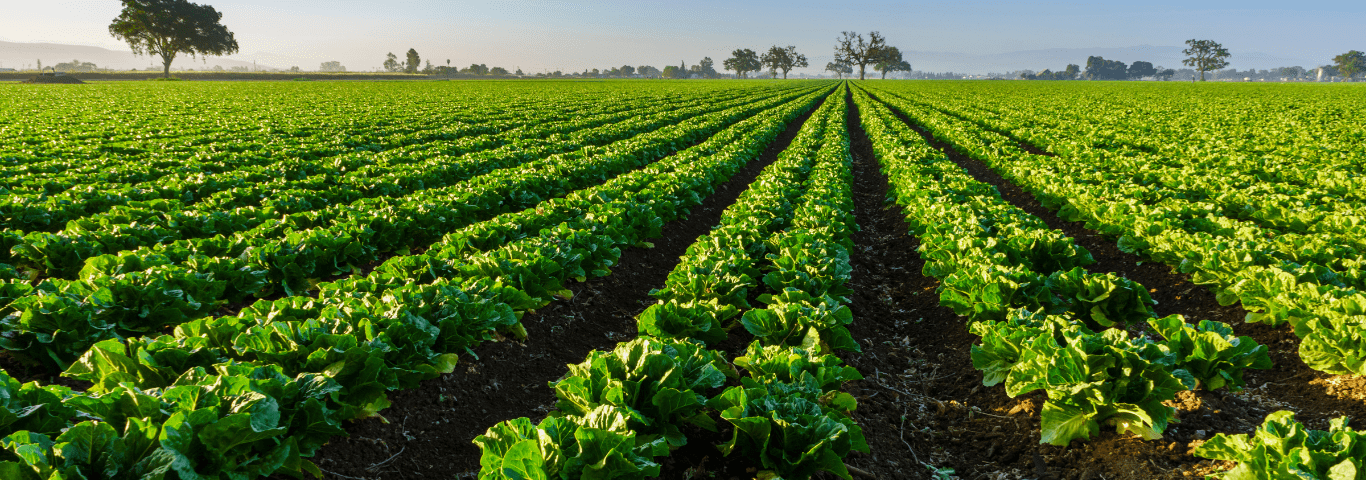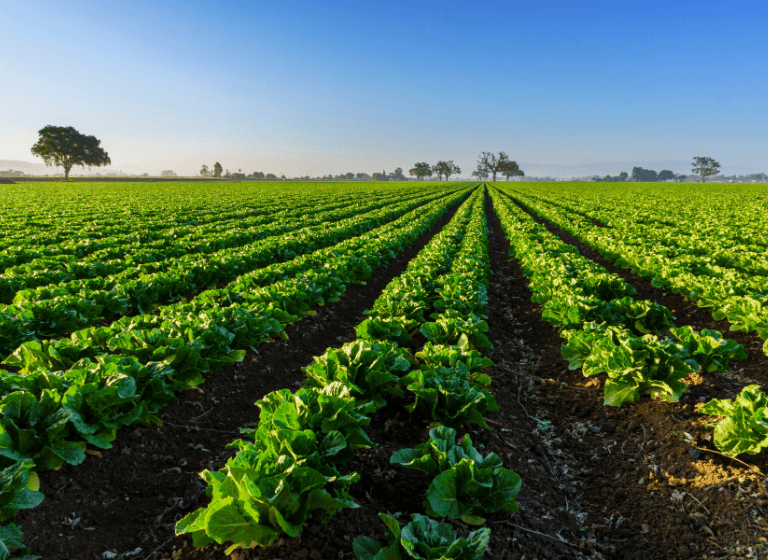As a proud supporter of Rodale Institute, KeHE has teamed up with the organization to help promote and share the benefits of regenerative organic farming. But what is regenerative organic agriculture? It’s a farming model that raises the bar, prioritizing building soil health as a way to improve the health of people and the planet.
As a consumer, a retail owner, or a brand, you can make the choice to make a difference. From manufacturing products using regenerative organic agriculture to buying products or stocking shelves with products that follow those practices. It’s more than just buying organic, it’s supporting farms that are using practices that are healthy and restorative to the planet and to people, and that consider animal welfare, social justice, soil health, and clean water.
Regenerative Organic Agriculture and Human Health
According to data collected by the United States Department of Agriculture (USD), the average person consumes nearly 2,000 pounds of food every year. The weight of that figure clearly demonstrates the importance of what goes into producing food. “Just like proteins, vitamins, and minerals, agricultural chemicals used on produce make their way into our body through the food we eat. This can lead to disease, immune system deficiencies, and a host of other maladies,” said Dr. Stoll, Co-Founder of the Plantrician Project.
Consuming food treated with herbicides and pesticides can lead to chronic inflammation. In addition, it is often one of the triggers in chronic disease and may cause inflammation in the body. But the influence of agricultural practices on human health extends beyond produce.
According to a study published by the American Journal of Public Health, approximately 80% of antibiotics sold in the United States are used in animal agriculture, not in healthcare. The study also cites that there is “growing evidence that antibiotic resistance in humans is promoted by the widespread use of nontherapeutic antibiotics in animals.” Antibiotic resistance causes serious harm to human health and that is why it’s critical that we fix the root of the problem—our food sources.
The choices consumers make at least three times a day can help solve this problem.
What is Organic Farming and Regenerative Organic Agriculture?
So, then what does it mean to be Organic? Organic foods are grown completely free of synthetic pesticides or fertilizers and are always non-GMO. Animals raised organically are hormone and antibiotic free and are raised with access to the outdoors. The green USDA Organic label guarantees that the organic products you purchase have come from a farm that has gone through a rigorous 3-year certification process.
What is regenerative organic agriculture and how is it different? Robert Rodale, son of Rodale Institute founder J.I. Rodale, coined the term “regenerative organic” in the late 1980s in response to the “sustainability” movement gaining traction. That’s because he saw sustainable practices as simply maintaining the status quo, including unhealthy soil. Regenerative organic agriculture seeks to actively renew soil, not just maintain it, by using practices that improve soil health.
The USDA Organic label is regulated by the U.S. government, but the term “regenerative” is undefined by industry and regulators. That means regenerative farmers can use GMOs and non-organic farming methods.
Rodale Institute is raising the standards for food and soil health by supporting the Regenerative Organic Certification (ROC). ROC is a global certification that goes beyond the USDA Certified Organic standard by including animal welfare, soil health, and social fairness.
Soil Health and Environmental Impact—How are they connected and why should I care?
Soil health is an essential part of regenerative organic agriculture. Soil is alive and it’s the foundation of human civilization. It affects food production as all food comes from the soil and we need healthy soil to feed the growing global population. Soil also affects carbon sequestration; soil stores a significant amount of carbon and if too much carbon is released from the soil, the climate can become more unpredictable.
Conventional farming practices have contributed to global soil degradation, greenhouse gas emissions, climate change, and declining water quality. The Environmental Protection Agency estimated that “agriculture accounted for 11.2 percent of U.S. greenhouse gas emissions in 2020”. Studies suggest that regenerative organic farming practices not only reduce the amount of greenhouse gas that is released into the air, but also pulls carbon from the atmosphere and sequesters it in the soil.
Conventional agriculture also contributes to the pollution of waterways. Synthetic fertilizers find their way into waterways like streams, creeks, and even the ocean. Nutrients, pesticides, and sediment (literally soil) run off of farms and into water sources.
But when you support regenerative organic agriculture, you’re supporting improvements in the environment.
Make a Difference!
As consumers, retailers, and manufacturers, we have tremendous power to make a difference. Here are 5 ideas to take action:
- Tip 1: Buy organic and regenerative organic products whenever possible. Food isn’t the only organic product. Household goods, clothing, and pet food can be created using regenerative organic methods as well. As a supplier or retailer, incorporating USDA organic or Regenerative Organic Certification seals whenever possible allows consumers to make purposeful purchases.
- Tip 2: Transform your household. Grow your own food—not only does this provide you with healthy food, but gardening can also offer physical and mental health benefits. Consider composting – it’s easier than you think and reduces food waste while creating nutrient-rich soil to use in your garden. As a retailer and supplier, incorporate easy composting practices through compostable packaging and labeling.
- Tip 3: Raise your voice. As consumers, retailers, and suppliers, each of us has the power to create change. Using your voice and role in the supply chain makes a collective difference.
- Tip 4: Keep on learning! You’ve already made a great step today by educating yourself on being a regenerative consumer, but a great way to learn more is to take Rodale Institute’s Being a Regenerative Consumer Course (it’s free!). It goes into further detail on the information you just learned about.
Learn more about KeHE’s partnership with the Rodale Institute and how the distributor is making an impact in our recent press release.



